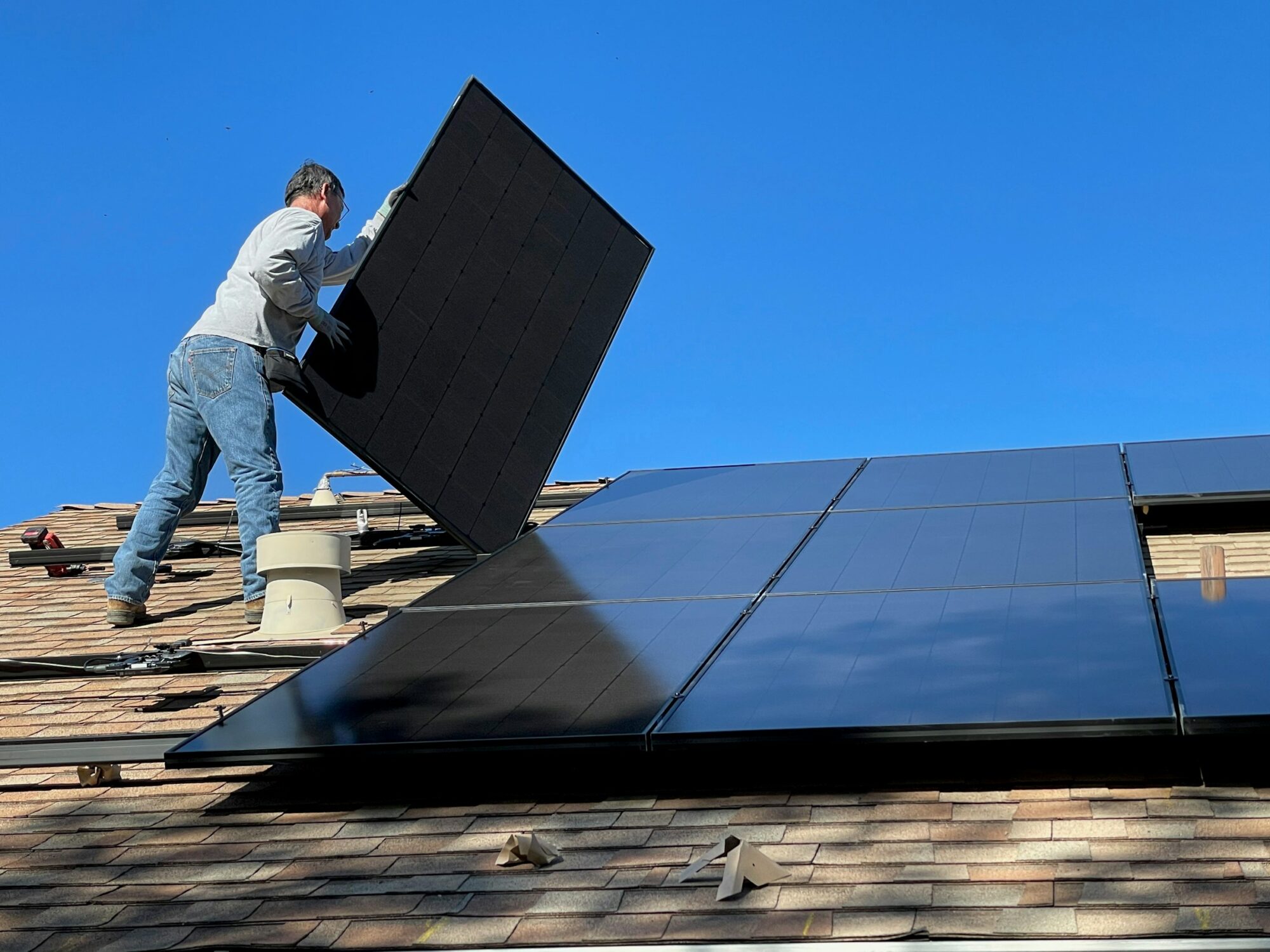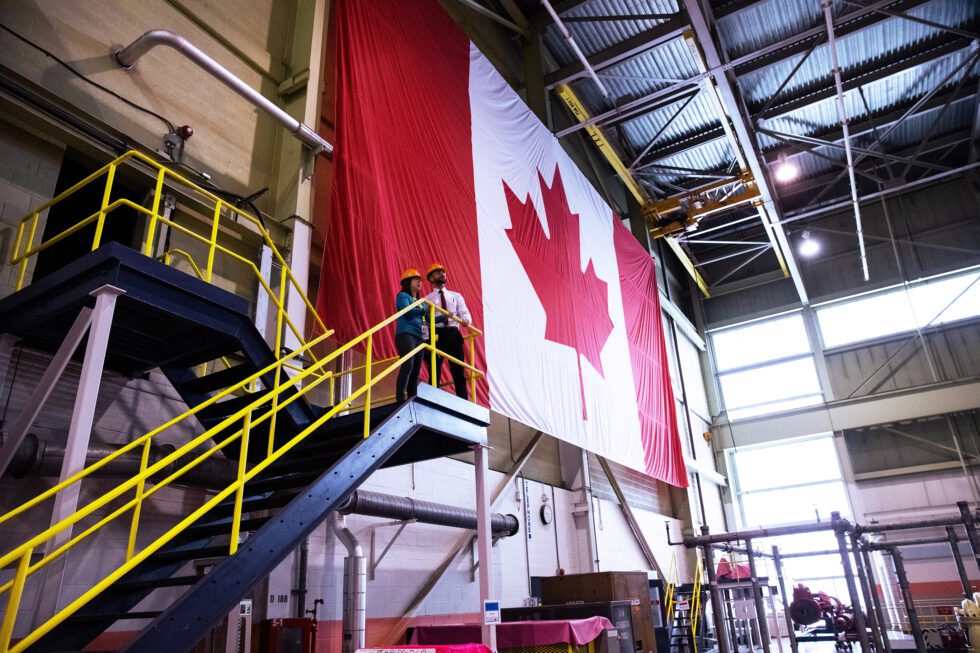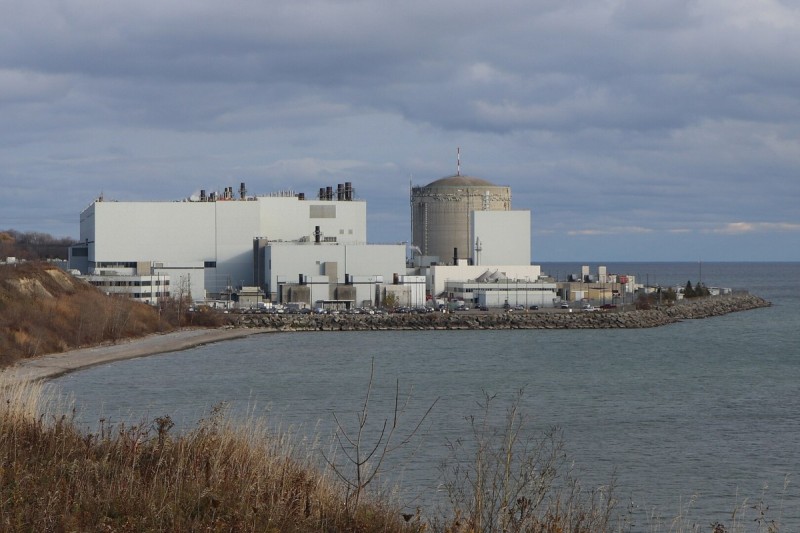Nobody likes to pay energy bills and they seem to rise every year. Heating and cooling our homes is also one of Canada’s largest sources of greenhouse gas (GHG) emissions. It might not be the sexiest policy, but retrofitting our homes with better insulation, windows and efficient heating and air conditioning solves both of these problems.
A national home retrofit plan could upgrade the majority of homes across Canada over the next decade, providing everyone with relief from higher energy bills while significantly lowering GHG emissions from the housing sector.
Not insignificantly, a national home retrofit plan would also help low income families whose energy costs are absorbing a higher and higher portion of their annual income. Finally, such an initiative could provide good jobs in every province and establish a robust local retrofit industry.
If the idea of retrofitting sounds familiar, it’s because it is.
Between 1999 and 2010, Canada’s EcoEnergy Home Retrofit Program and its predecessor, EnerGuide for Homes, provided cash grants for homeowners towards measures that would lower their heating bills. While doing a good job at kick starting interest in energy saving, these programs led to the retrofitting of only a fraction of Canadian homes. The stop and go nature of the programs meant that many homeowners were not able to take advantage of the grants. Providing cash grants even for small retrofits was also very expensive for governments. It would not be sustainable for all Canadian homeowners to receive such a grant.
So what to do?
Retrofits are unique in that if their cost can be spread over a long enough period they can be paid for out on the savings that are achieved. What is needed therefore is a long term program of financing that would allow any homeowners across the country to retrofit their homes when they undertake major renovations – something that most do at least once every 10 years.
Here’s how it would work: When the time comes to do a renovation, a homeowner would apply to their municipality or utility for a loan to cover the cost of making the house energy efficient at the same time. To determine what’s needed, an assessment would be carried out by a certified contractor that would be free if the homeowner went ahead with the project.
No upfront cash would be needed and the loan payments would be paid through the property assessment or utility bill. The term of the loan (up to 15 years) would be set so that these annual loan payments were less than the annual savings, meaning that there would be immediate energy bill relief. Legislation would be in place to allow loan obligations (and of course the savings benefits) to be passed on when the home is sold.
This “pay-as-you-save” approach is already being used successfully in Manitoba, Halifax and Toronto, and in the United States. A national home retrofit plan would make sure that this type of financing was available to all Canadians. Utilities and municipalities would have access to a federally maintained revolving fund over a 10 year period.
The plan would be coordinated by the federal Office of Energy Efficiency (OEE) in cooperation with provincial and territorial agencies. The OEE would also continue to provide its valuable national support services such as energy efficiency standards, codes and benchmarking.
A model retrofit standard should be prepared for those provinces who wish to regulate minimum retrofit upgrade levels on point of sale and financial support should be provided to provinces who introduce mandatory housing energy labelling laws.
Finally, there should be a national retrofit training and certification program delivered throughpartnerships with provinces, municipalities, utilities, and community colleges. This would make qualified retrofit practitioners available in every community across Canada.
But what about low income house-holds that cannot obtain financing? A separate national retrofit grant program would be provided for those for whom energy bills are affecting their ability to pay for other necessities. This program should focus particularly on electrically and oil heated homes where bills are rising fastest and could be means-tested.
The low income program should be delivered by provincial agencies and should follow the successful community wide approach documented by Green Communities Canada using local non-profit delivery agents to create local jobs and coordinated with social agencies trusted by the program recipients.
The major new federal budget items needed to fund a national home retrofit plan include: efficiency assessment refunds, maintenance of the national revolving fund, low-income housing grants, and training/certification programs – all of which could be budgeted based on an assumed annual uptake rate – e.g. 100,000 homes per year.
The Green Economy Network, a joint initiative by environmental, labour, and social organizations, includes a green homes retrofit program in their Common Platform – Making the Shift to a Green Economy. They estimate that a program expenditure of $100 million per year over 10 years would leverage up to $5 billion per year of investment in home and building retrofits and efficient new buildings, creating over 1 million person years of employment across the country. These improvements would also decrease Canada’s GHG emissions by over 10 million tonnes.
A national home retrofit program lends itself to be a major component in an overall national housing strategy and could therefore be a major issues -economic, environmental, social- for the 2015 federal election.





